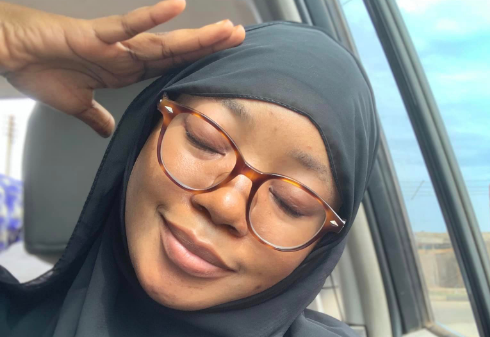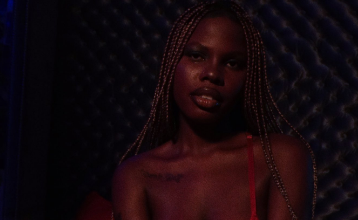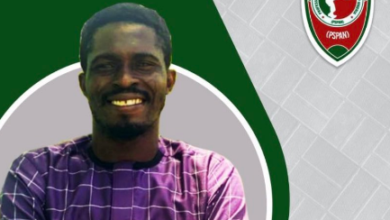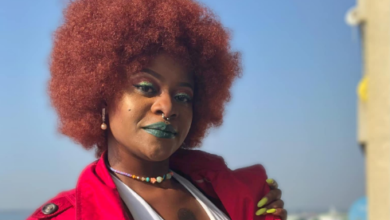Taofeeqoh Billyhadiat Adeola is a young Nigerian mandala artist and poet.
In this interview with TOP MEDIA‘s Barakah Shittu, Tawfiqah reveals her inspiration vis-à-vis Mandala, and why the piece of art is alluring.
Excerpts:
TOP MEDIA: Can we meet you?
Taofeeqoh: I am Taofeeqoh Billyhadiat. I am the first of five children and growing up was so much fun for me.
I was raised with so much love and affection, respect and attention and it was so good.
I was raised in such a way that I don’t find it awkward to hug my grandparents and parents or even verbally express my love for them because they also don’t find it awkward to do the same to me.
I grew up with a grandfather who used to kiss my forehead and the back of my hands and a father who tells me he loves me everyday.
I had a really wonderful childhood and I was raised by many people, as I grew up in a big family which means I grew up with so much love from everyone and I was also the only girl in the house (before my mother gave birth to twins: two girls), so you can imagine.
But then, ironically, I was an extremely shy kid with insecurities who rarely made new friends.
I was extremely shy that I used to have issues expressing myself and that was how I started writing because I used to write to my mum to express my hurt especially when I get into a fight with my younger brother who is pretty much more vocal than me. I guess that’s how I found my passion for writing.
TOP MEDIA: So you were a writer before becoming an artist. How did you discover that you had a talent for drawing? And, how did you first become interested in mandalas?
Taofeeqoh: I have always loved art since I was little. I remember making birthday cards for my grandpa before I started writing to express my hurt to my mum.
So, growing up, there was this very big shelf filled with books in our sitting room and I loved going through those books because of the Islamic geometric designs like mandala in them.
That was where I found my passion for geometry designs like Mandala. I read about it more online and also took classes on them.
Meanwhile, a few years ago, I realised my family is literally a family of artists because some of my family members were and are artists, including my great-grandfather who was a calligraphy and Islamic geometry artist.
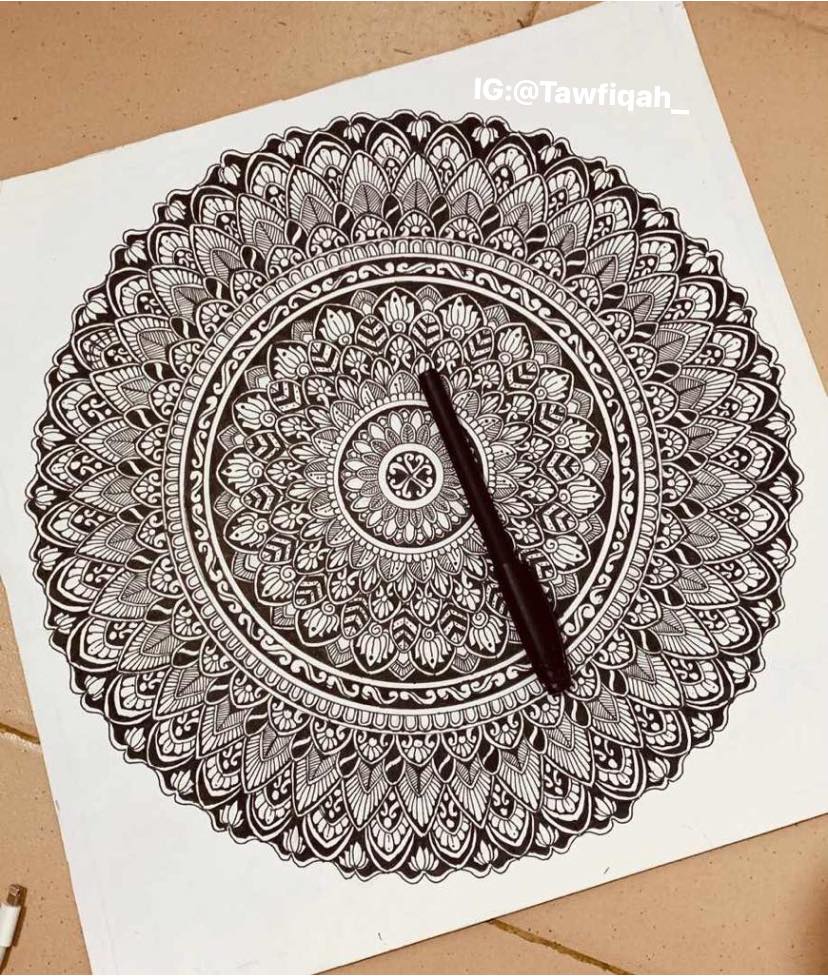
So, perhaps creativity has always been in me and my grandfather’s bookshelf just brought it out, I think.
But I’ve been drawing since I was a kid and it just keeps evolving.
It’s like my visual and literary creativity keeps going through phases as I grow because it didn’t start from Mandala and neither did it start from poetry.
My literary creativity started with letters to my mum, then essays, and then poetry.
My visual creativity also didn’t start from mandala, it started from calligraphy, floral patterns, doodles, zentangles and then Mandala.
I love the process; I love the phases.
TOP MEDIA: Mandala is used chiefly in Hinduism and Buddhism as an aid to meditation. You are a Muslim devout. Does this not negate your belief?
Taofeeqoh: I get this question a lot, but the answer is that mandala is not only used by Hindus and Buddhists. There are other people who use it too for art.
There are different types of mandala and the ones used in Hinduism and Buddhism are very different from the ones most mandala artists draw today. Different patterns, different process, different goals, and different results; they are just different.
To a larger percentage of people, mandala is just an art, and like every other art, it can be therapeutic both to the artist making it and the people staring at it too but it doesn’t make it a religious practice or ritual for everyone.
There are mandala designs in mosques, Islamic books and all of that also but they are different from the Buddhist and Hindus’ ones.
Even the Hindus and Buddhists don’t only use their mandala for rituals. Some of them also use it as maps of a temple.
Mandala is a lot of things for different people. So, it doesn’t have any effect on my belief as a Muslim. It’s just art.
TOP MEDIA: How lucrative is Mandala business in Nigeria?
Taofeeqoh: Before I used to think Nigerians don’t like art but now I realised I just did not know my audience, which is very important (you must know your audience).
Mandala is lucrative, but it takes a lot of patience.
As long as you have found your target audience, then you are good to go.
The first mandala I sold was N19,000. I still can’t believe I sold it for 19,000 naira.
It irks me each time I remember because I really put so much effort into it.
But then, I stopped beating myself up for it. This was in 2019.
TOP MEDIA: Does this mean that’s the least amount you’ve ever sold your Mandala?
Taofeeqoh: Yes, the least amount for that size and type of mandala. You know the size and the details are the biggest determinants of the price of the mandala, followed by the choice of frame. So the price is not fixed.
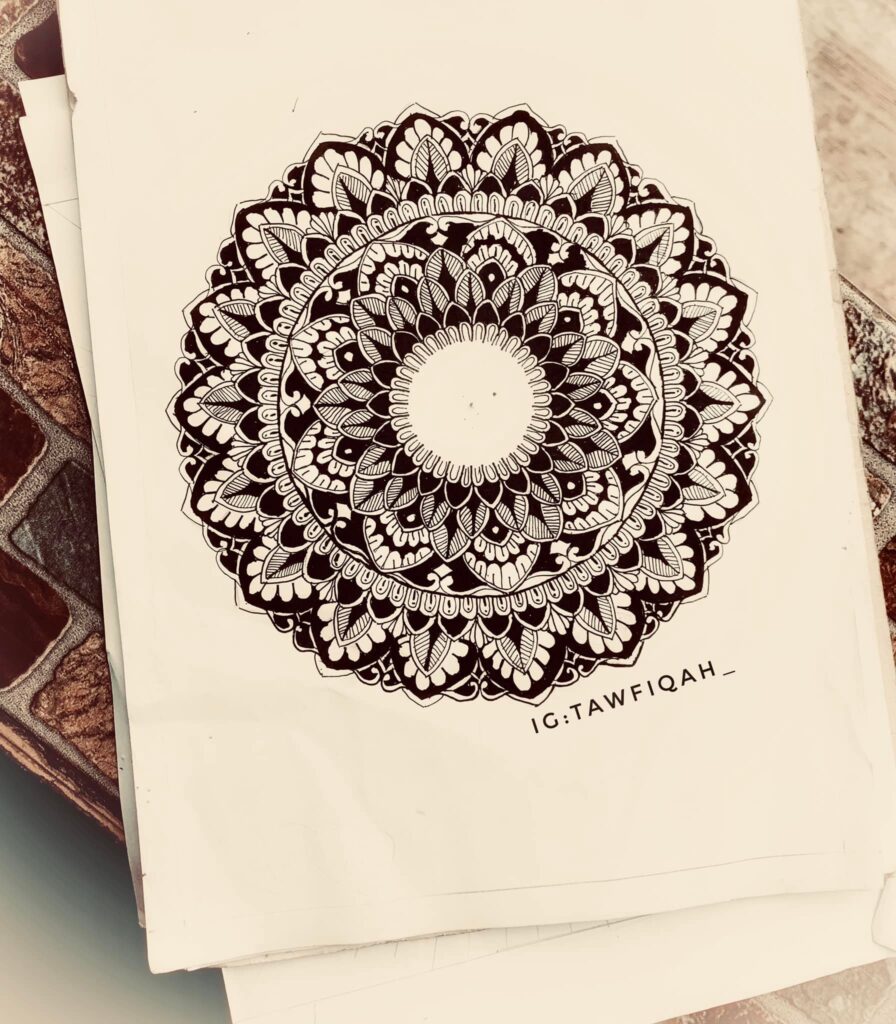
TOP MEDIA: Are your mandalas only hand-drawn or do you also do hand-painted mandalas?
Taofeeqoh: The drawings and the paintings are all by hand.
TOP MEDIA: What materials and tools do you use when creating your mandalas?
Taofeeqoh: Pencil, ruler, compass, eraser and pens with plain paper. I majorly use white paper.
TOP MEDIA: What is the biggest lesson you’ve learned as a mandala artist and how has it influenced your approach to life?
Taofeeqoh: Number one, trust the process and love every stage of your life.
From grids to circles to strokes and curves and everything, you put everything together to make a mandala and it’s beautiful.
It made me love process. I love stages, I love process.
Number two. There are no mistakes in mandala. Whatever mistake you made in your mandala can birth another mandala entirely.
The mistake can become another design. You just have to know how to do it. It makes you think outside the box.
The mandala that’s my favourite mandala, I didn’t like it at first. I felt there was something wrong with it until I looked at it again after a month of drawing it and it felt like I had never seen it before.
Mandala has taught me patience, it has taught me to love the process, it has taught me to embrace mistakes, and it has also taught me that sometimes, whatever it is, just give it time.
TOP MEDIA: Thank you very much for your time.
Taofeeqoh: You’re welcome. Thank you so much too.
